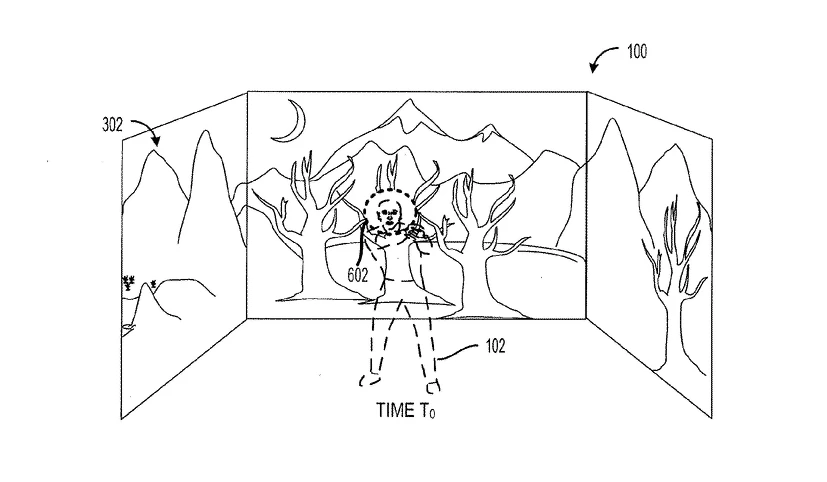Microsoft is beginning to emerge from what some have called "the missing decade" as a company eager to innovate and forge the future rather than be dragged along into it by its competitors. The Xbox brand is very much part of popular culture, and the Xbox 360 is expected to be superseded by a successor in 2013. But Microsoft is looking even further forward than that, with a recently revealed patent application suggesting the company wants to turn living rooms into something akin to the holodecks featured in Star Trek.
Although video gaming has evolved over the years – from the Atari classics of old to the innovative gems revealed at Gamescom 2012, they have for the most part remained stuck within the parameters of a flat display. There have been efforts to immerse gamers more fully in the experience, but when Nintendo's Virtual Boy remains one of the better attempt it's clear to see why none have become "the next big thing."
The Wii brought motion-control to gaming in a big, bold way, and the concept was promptly mimicked by both Sony (Playstation Move) and Microsoft (Xbox Kinect). These systems allow gamers to control characters in a more natural way, but the environments remain within the confines of a flat display.
Microsoft patent application number 20120223885, as filed in early-2011, relates to an "immersive display experience." It describes a system for bringing console gaming out from beyond the television screen and into the real world. The humble television set would still show the game's main visuals, but a "peripheral image" would be displayed onto all four walls of the room being used. The game's environment would then surround the player, with a depth-sensing camera system (Kinect is already capable of this) tracking the player's position so that they can, for example, "turn around and observe an enemy sneaking up from behind."

There is a new breed of virtual reality systems emerging, like the Oculus Rift and Sensics SmartGoggles gaming headsets, but this idea of bringing the gaming environment out into the living room itself could obliterate the need for such technology. Microsoft has already made great strides with Kinect, and Kinect 2 – likely to be a major force behind the company's next home console – could improve upon the concept even more. Which means this patent application, though merely a sci-fi staple at present, should be an attainable goal for the future.
Of course, in Star Trek the holodecks are enclosed rooms in which environments, objects, and people are displayed as though they were real. Technology still has a long road ahead in trying to turn holographic gaming into reality, but ideas like Microsoft's patent application are the first rung on that long ladder.
Source: USPTO via Ars Technica





